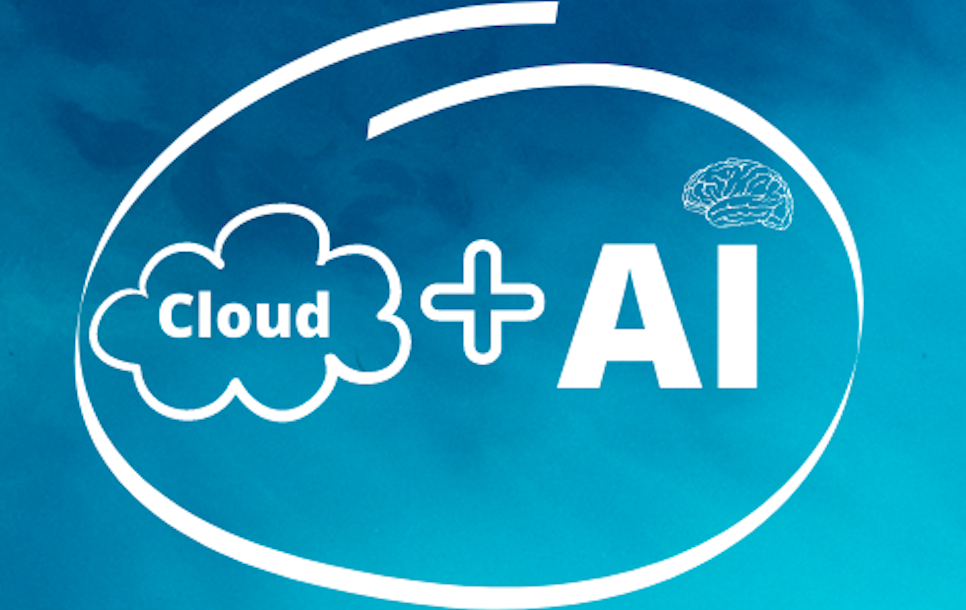Artificial Intelligence (AI) and Cloud Computing have become two of the most defining technologies of our age, and their convergence offers a transformative opportunity for businesses.
- Hardware Accessibility
GPUs & TPUs: Cloud providers like Microsoft Azure, AWS, Google Cloud, and Alibaba offer access to powerful GPUs (Graphics Processing Units) and TPUs (Tensor Processing Units). These specialized hardware units are designed for the massive parallel computation needs of machine learning and deep learning models.
- Scalability:
Businesses don’t need to invest in their own hardware infrastructure. They can start small on the cloud and scale up as required, accessing more powerful computing resources only when necessary. This elasticity allows for both cost savings and agility.
3 . Cost Efficiency:
Traditional AI infrastructure can be prohibitively expensive, making it challenging for startups and even some established companies to delve into AI. Cloud offers a pay-as-you-go model, ensuring businesses only pay for the compute power they use.
4 . Democratization of AI:
Cloud platforms provide pre-built AI models and solutions. Businesses, even without deep AI expertise, can integrate AI capabilities like natural language processing, image recognition, or chatbots into their applications.
5 . Rapid Innovation:
With easy access to AI tools and infrastructure, businesses can quickly prototype, test, and deploy AI-driven solutions. This pace is crucial in today’s competitive landscape where first-mover advantage can be game-changing.
Furthermore, the vast array of services offered by cloud platforms means businesses can combine AI with other technologies like IoT, Big Data, or AR/VR, driving cross-disciplinary innovations.
6 . Data Management and Storage:
AI requires vast amounts of data for training. Cloud platforms provide robust and scalable data storage solutions, making it easier for businesses to store, process, and leverage their data.
Additionally, cloud platforms offer tools for data preprocessing, transformation, and visualization – all crucial steps in the AI development pipeline.
7. Global Reach and Deployment:
Once an AI solution is ready, cloud platforms allow businesses to deploy these solutions globally, ensuring users around the world get optimal performance.
The combination of AI and Cloud Computing has ushered in a new era of innovation. The cloud, by democratizing access to high-end hardware and tools, has unlocked AI’s potential for businesses of all sizes. This convergence empowers businesses to innovate faster, operate more efficiently, and serve their customers better. As AI continues to evolve, its marriage with the cloud will only deepen, offering even more transformative possibilities.


Hey tech enthusiasts! ???? Ready for a ride where AI meets the Cloud to transform our digital world? It’s more than a journey; it’s a game-changer!
Picture this: AI and Cloud working together like a dream team. The Cloud becomes a super-smart tool that helps AI do amazing things. Think smarter predictions, super-fast data handling, and clever automation. ????
We’re living in a time where businesses are using this combo to shake things up. It’s like a superhero duo for making things efficient, flexible, and full of smart ideas